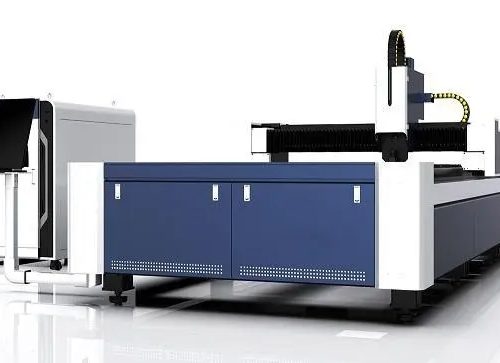
Laser cutting machine is one of the commonly used equipment in modern industry. With the development of cutting technology, the traditional cutting technology has been gradually replaced by new cutting technologies such as light laser cutting machine.
However, there are many matters needing attention in the use of the laser cutting machine, and accidents may occur if you are not careful. What I want to discuss with you today is how to avoid explosion when using the laser cutting machine.
As the working process of the optical fiber laser cutting machine involves the use of flammable and explosive gases, in the daily operation process, operators should pay special attention to the safety protection of the equipment. The failure of the air supply system of the optical fiber laser cutting machine or the hot slag generated in the use process can cause fire alarm, explosion and other dangerous situations. In addition, the toxic smoke and radiation generated in the process can also endanger health.
The purpose is to list the safe working methods for gas welding and flame cutting with oxygen acetylene (oxyacetylene for short, commonly known as wind coal) flame, and also apply to welding or cutting with other fuels such as propane (generally known as petroleum gas or LPG) and hydrogen, and provide general guidance for the owners, managers, safety personnel and supervisors of industrial operations, Protect workers from dangers during gas welding and flame cutting, and reduce casualties and losses caused by fire and explosion.
The fire alarm and explosion hazards of the optical fiber laser cutting machine are mainly caused by gas welding and flame cutting, mainly due to the failure of the gas supply system, or the high temperature of the flame or hot slag. These hazards include:
1. Fire and explosion caused by leakage of flammable gas or oxygen. These gases can leak out from the joint of the gas supply system, the connection position of the gas pipe or the gap of the accessories;
2. Before ignition, the air in the gas throat is not completely discharged, or the gas returns to the oxygen throat or the oxygen returns to the gas throat, causing the blowpipe to backfire;
3. The blowpipe backfires, or the acetylene cylinder is overheated, so that acetylene is decomposed or detonated in the absence of oxygen or air;
4. High pressure oxygen (in the absence of fuel gas) promotes the combustion of certain materials, such as grease, lubricating oil, organic matter, aluminum metal and its alloys, as well as elastomers used for valve gaskets and sealing rings;
5. The flame of pipe blowing, the hot workpiece surface, or the slag generated in the process ignites the flammable or combustible materials near the construction site, causing a fire alarm.










